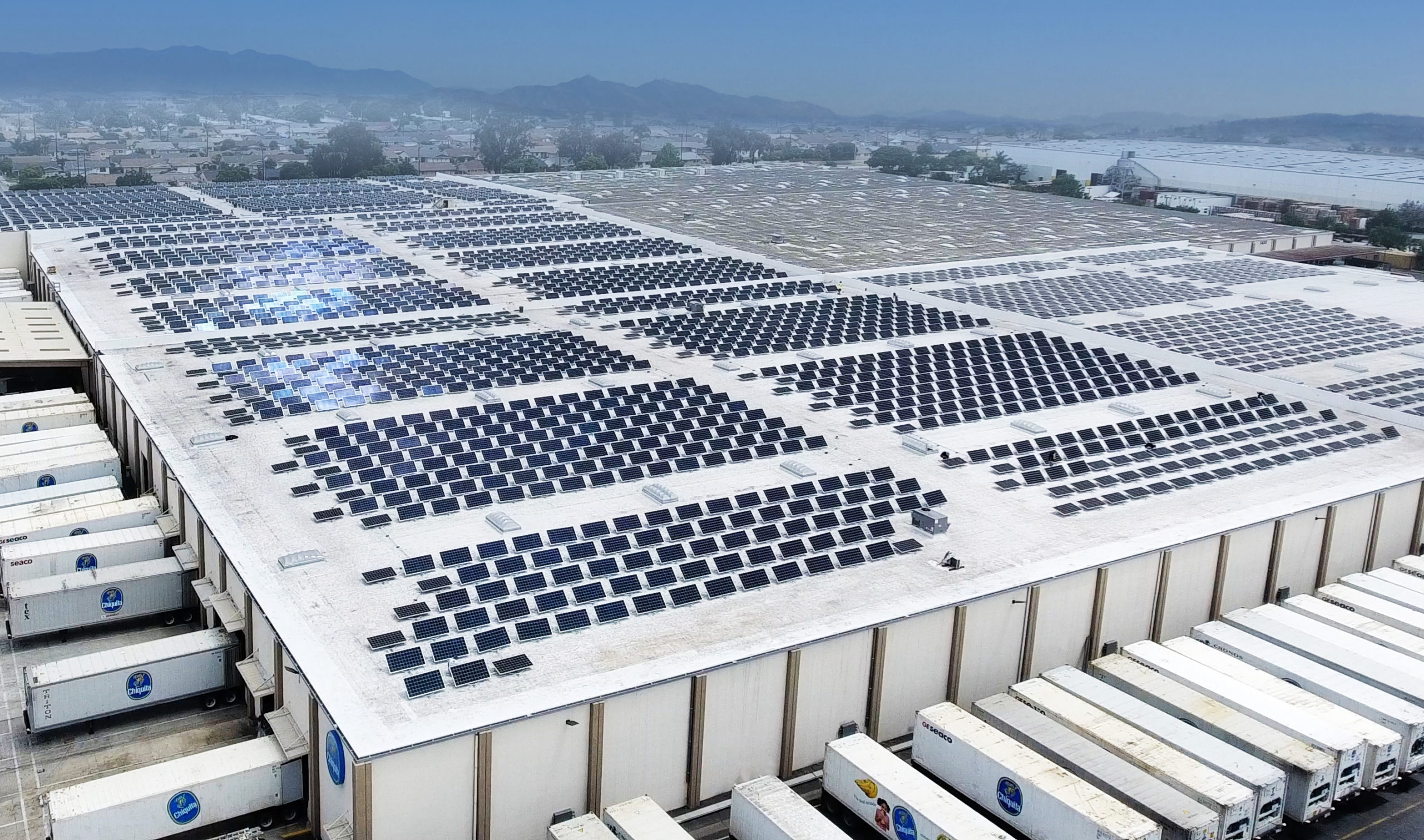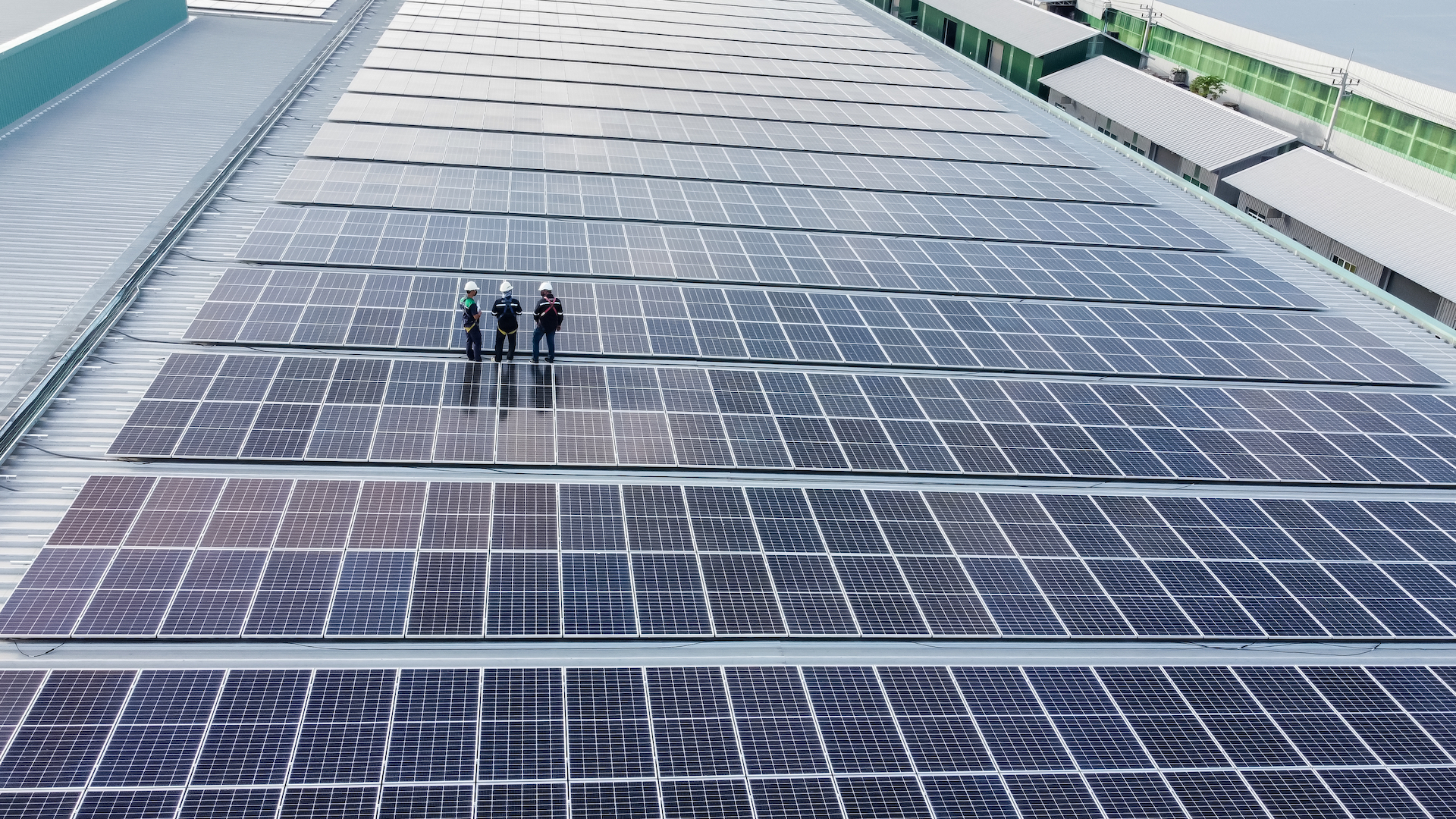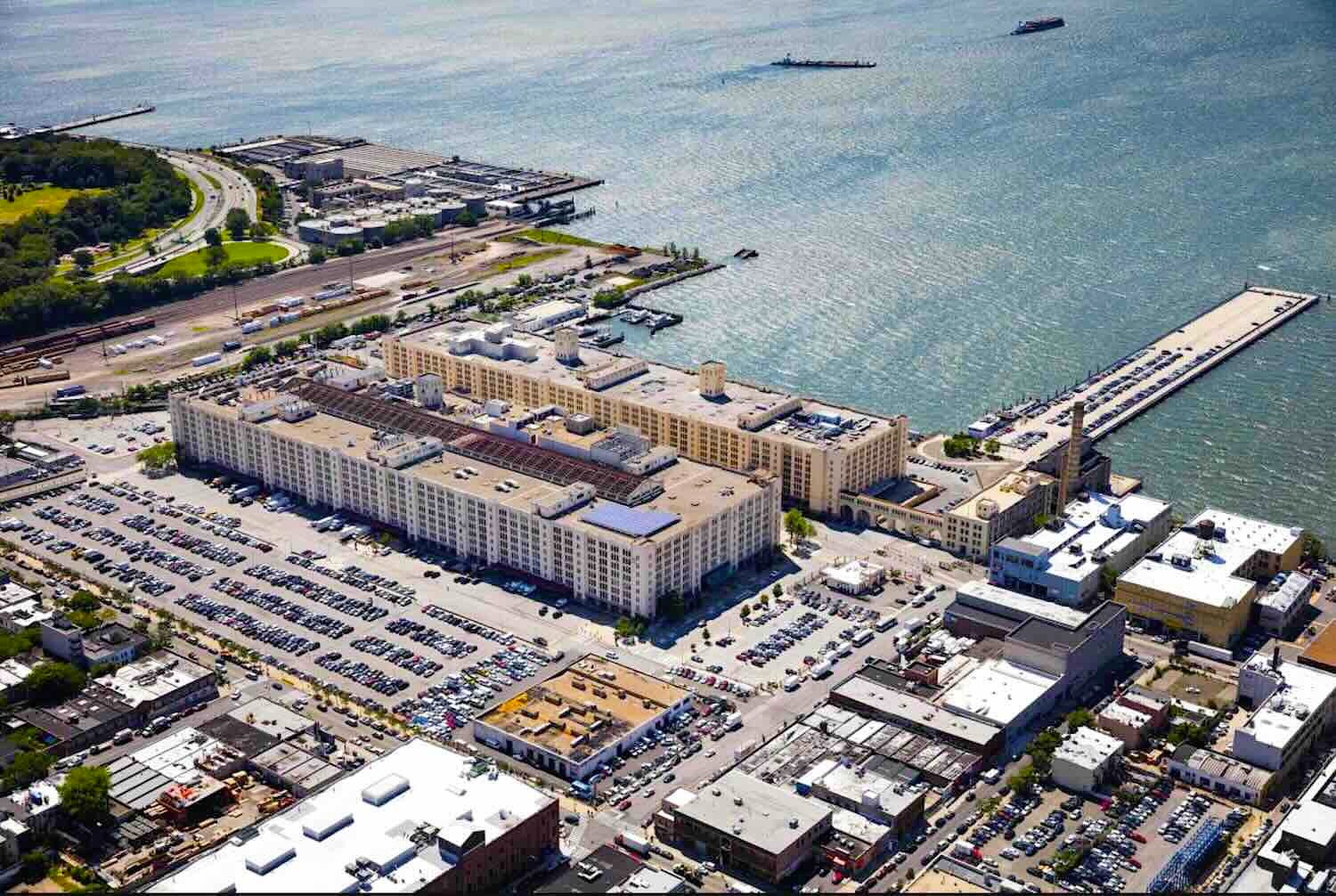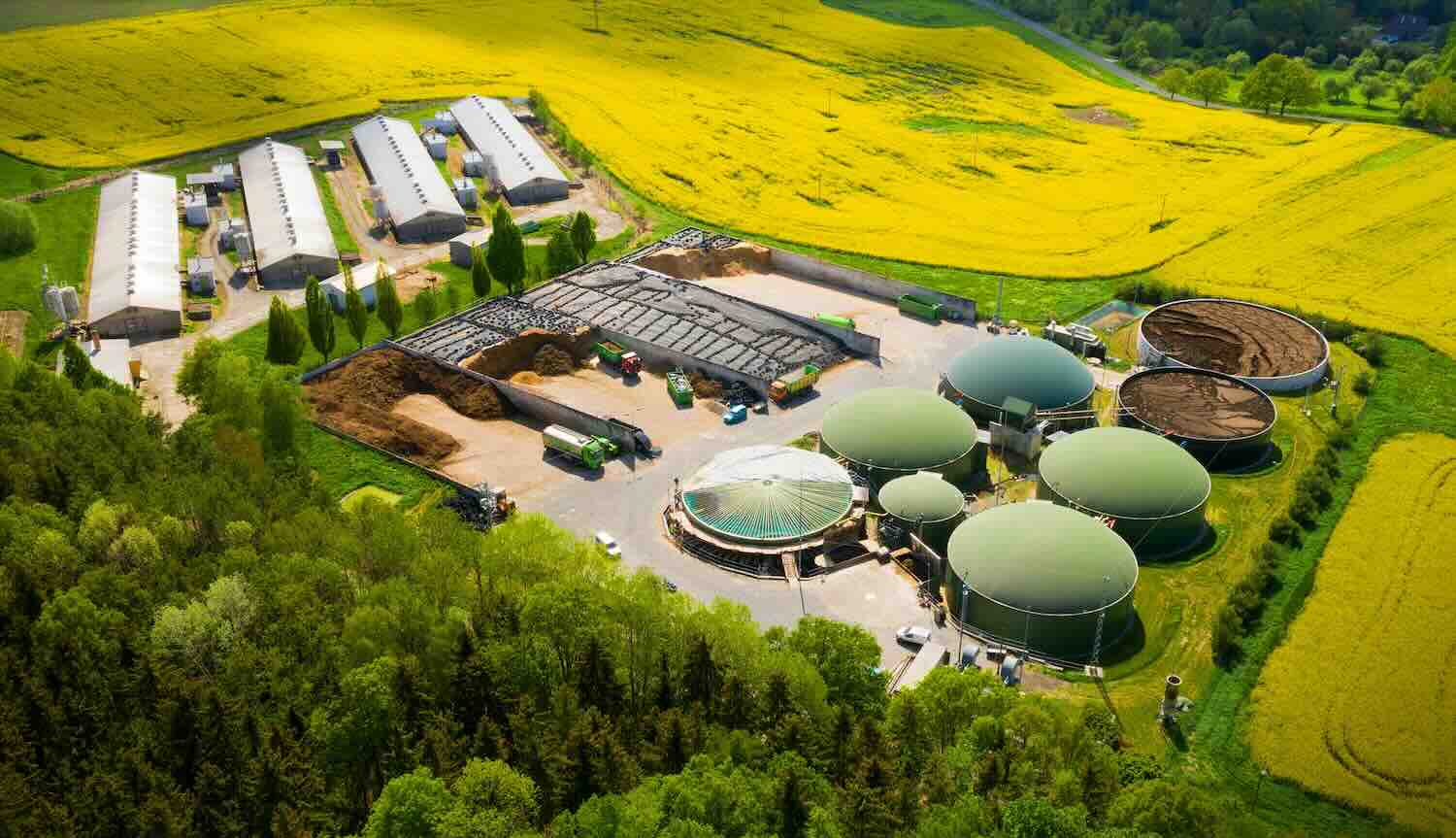ImpactAlpha, Mar. 31 – The giant infrastructure investment plan to be unveiled by U.S. President Joe Biden today is expected to include as much as $100 billion to upgrade the nation’s aging electricity grids.
The shape of that upgrade was signaled last September, when an order from the Federal Energy Regulatory Commission removed barriers to the widespread deployment of “distributed energy resources,” including both small-scale generators and battery storage.
The electric grid of the future, already under construction, will look more like the distributed, two-way internet and less like the centralized hub-and-spoke model of the 20th century, which relied on large-scale power plants and long-distance transmission lines.
And like the emergence of the internet, which set off a super-cycle of technology innovation and investment, the transformation of the electric grid is spurring a rush to invest in the enablers and beneficiaries of the trend to “electrify everything.” Suddenly hot: Microgrids, stand-alone power systems and community storage as well as software and artificial intelligence for grid resilience and demand management.
“Now we solve with software what you used to solve with large infrastructure,” Schneider Electric’s Emmanuel Lagarrigue told ImpactAlpha. “Software is much more efficient, much cheaper. We are going from a world of utility- or government-driven deployment to a decentralized software world.”
Schneider, the French electric equipment supplier, this month took a 30% stake in Boulder, Colo.-based Uplight Inc., which provides software to let utilities and customers manage demand and connect to clean energy. The deal valued Uplight, a certified B-Corp formed in 2019 through the merger of a half-dozen companies, at $1.5 billion.
“The grid is experiencing its biggest change in 100 years as it decarbonizes in front of our eyes,” said Uplight’s Adrian Tuck. “The boom in clean hardware — electric vehicles, renewables, batteries, and connected devices — is rapidly changing energy demand and creating new complexity.”
Western Australia model
Within 20 years, the new grid will be expected to carry three times the electricity currently used, driven by the accelerating transition to electric vehicles among other trends. Nearly 20 other localities have adopted electricity mandates or limits on natural gas hookups in new home construction since Berkeley, Calif., Passed the nation’s first “gas ban” in 2019.
The urgency of modernizing the U.S. aging patchwork of electrical grids was starkly demonstrated this winter when winter storms in Texas and other states caused blackouts that left many residents without heat and water. Americans quickly learned that the grid in Texas is largely isolated from the rest of the country, spurring calls for long-distance transmissions lines to better manage supply and demand.
But utilities in Texas and other states are looking at the different approach taken in western Australia, which has an electric grid similarly isolated from the rest of the country. The South West Interconnected System is one of the largest stand-alone electric grids in the world, covering an area about the size of the U.K.
“Where once our network consisted of wires, poles and substations, we’re now integrating microgrids, community batteries and stand-alone power systems,” Western Power’s Ed Kalajzic said in an interview last year. Nearly half the rooftops in the state have solar systems installed.
Legislators in Perth, the capital of Western Australia, pioneered regulations that were adopted nationwide last year to encourage the connection of distribution generation and storage. The rules are similar to last fall’s FERC order in the U.S. Such “grid neutrality” is similar to the net neutrality that enabled the growth of the open internet.
“It should be our goal to enable a similarly decentralized electrical network protocol that allows the rapid movement of ‘packets’ of electricity between billions of connected loads and uses them as needed for storage and balancing,” energy researcher Saul Griffith writes in Rewiring America. “We desperately need grid neutrality, a collection of protocols and rules of the road for the new grid that encourage businesses and individuals alike to maximize the amount of generation and storage they connect.”
Utilities and private companies are not waiting for President Biden’s infrastructure rollout. Bloomberg this month reported that a subsidiary of Tesla is quietly installing a 100 megawatt battery-storage facility in Angleton, Texas, south of Houston. Tesla is also building a 182-megawatt battery facility next to PG&E’s power plant in Moss Landing, Calif. PG&E estimates the battery energy storage system, or BESS, will save more than $100 million over the project’s 20-year lifespan.
Game on
President Biden’s ambitious $2 trillion green infrastructure and jobs plan also will put the federal government’s muscle behind clean water, public transit and other physical infrastructure projects. Also expected: $100 billion for job retraining to help buffer the shift to a low carbon economy. The plan draws from Biden’s Build Back better campaign platform, which prioritizes disadvantaged communities, as well as bills such as the Moving Forward Act passed by the House last year.
The administration announced a major offshore wind push this week and is planning a global summit on climate at the White House on April 22 and 23.
The size and scope of the infrastructure and jobs plan is massive, and the political maneuvering necessary to pass it will make dislodging a gigantic cargo ship look like child’s play. But the government outlay will pale in comparison to the private investment it could unleash. “The most significant transformation in economic history” is how Mark Carney, former head of the Bank of England, characterized the transition to a low carbon economy
“We’re in a moment where you’ve got to be thinking big in getting the economy back on its feet and addressing the serious disinvestment in infrastructure,” said Dan Reicher of investment firm Climate Adaptive Infrastructure. “I think we’re going to see a huge boost in spending on core infrastructure and all of the good things that can result from that, such as clean electricity, electric vehicles and more efficient buildings.”
At least $1.5 trillion in annual investment is necessary to stave off the worst effects of climate change. Yet climate financing has been stuck at around $600 billion a year. Biden’s announcement, along with ambitious plans in the European Union, China and elsewhere will send a strong market signal and push private sector climate spending to $1 trillion or more a year.
“It will make a lot of stuff look more attractive for us to put money into,” says Rob Day of sustainable infrastructure investor Spring Lane Capital. It will also signal game-on to institutional investors. “If this law looks likely to pass, all of a sudden it will make institutional capital want to allocate even more capital to sustainable infrastructure funds.”
Next up: The Biden team is expected to announce new emissions reductions targets for 2030, ahead of the White House gathering in April and the global climate summit, COP26, in Glasgow in November. Parties to the Paris Agreement, now again including the U.S., must submit nationally determined contributions and interim targets, to reach net-zero emission by midcentury.
Climate activists and investors are pushing for 50% or more reductions from 1990 levels by 2030. The European Union has set the most ambitious nationally determined contribution to date – a 55% reduction by the end of the decade.
“It’s very clear that the administration knows that the road to economic recovery is through climate action,” says Anne Kelly of climate advocacy group Ceres. “Climate is really the underpinning.”











